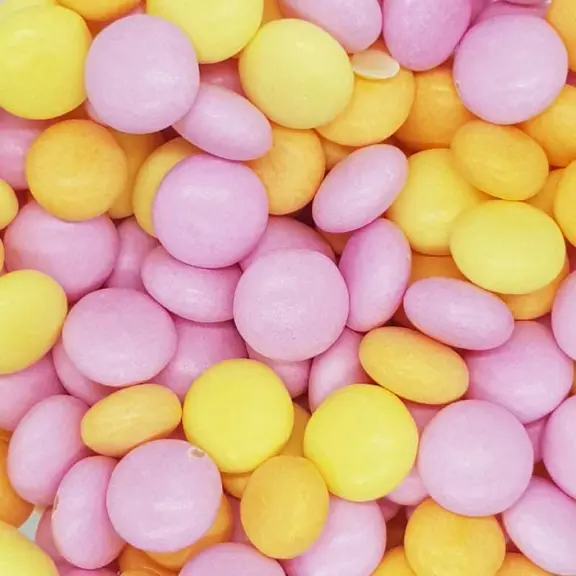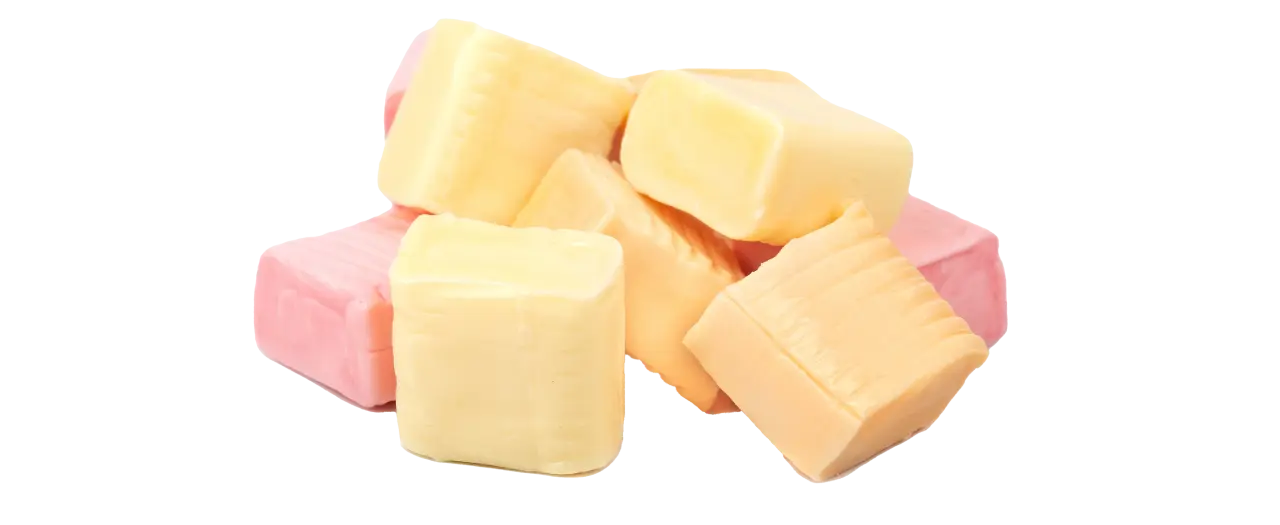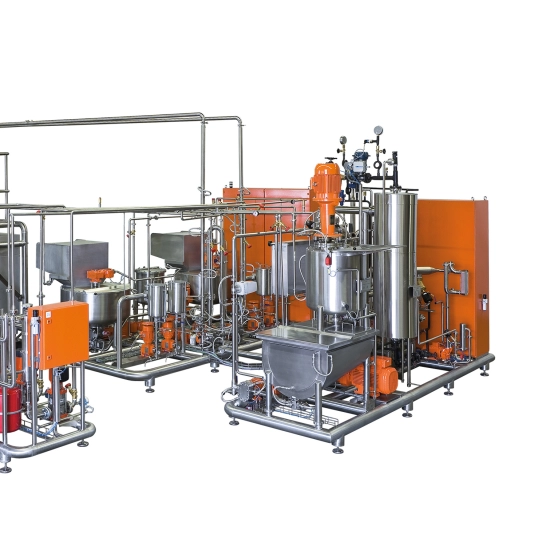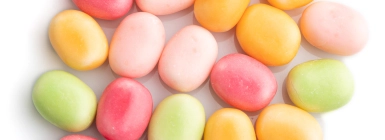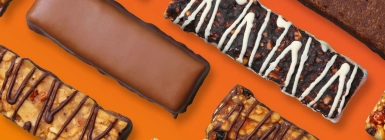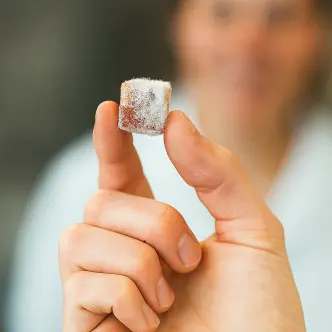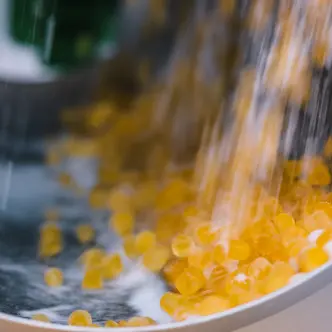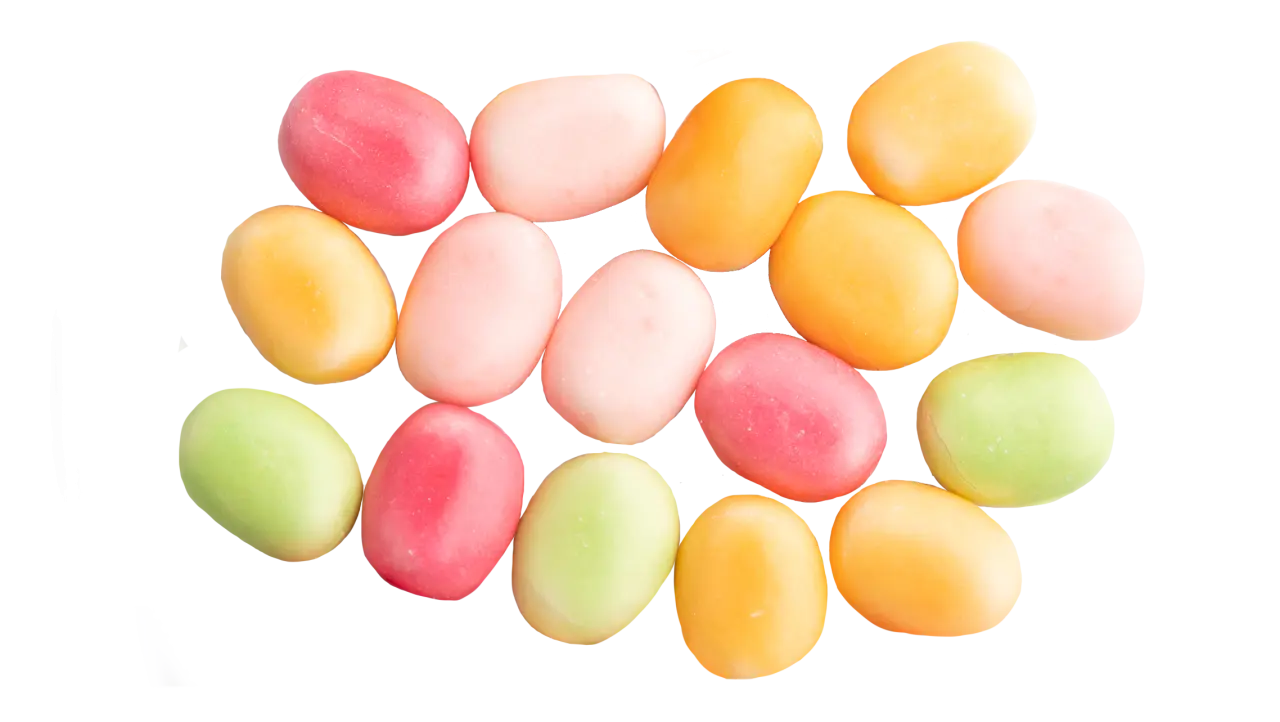
The Art of Making Perfect Chewy Candy
Chewy candy is a delightful treat that brings a unique, long-lasting chewing experience. Whether it’s a dense, creamy bite or a lighter, airy texture, there’s a wide range of chewies on the market, each offering something special to the consumer.
Behind the scenes, chewy candies undergo sophisticated production processes that require meticulous control over ingredients, cooking techniques and crystallization. Each variety has its own unique formulation and process, which influences the final texture and flavor. Companies like Tanis, a leader in candy production technology, have mastered the science of candy making by offering different methods tailored to specific types of chewies. This ensures that each product not only meets high-quality standards but also provides a consistent and enjoyable experience for consumers.
In this blog, we’ll explore the tips, tricks, and key techniques that go into creating the perfect chewy candy. From understanding crystallization to managing aeration, we’ll cover the essential components that every candy maker should know. Additionally, we'll dive into troubleshooting common issues to help you avoid mishaps in your candy-making journey.
